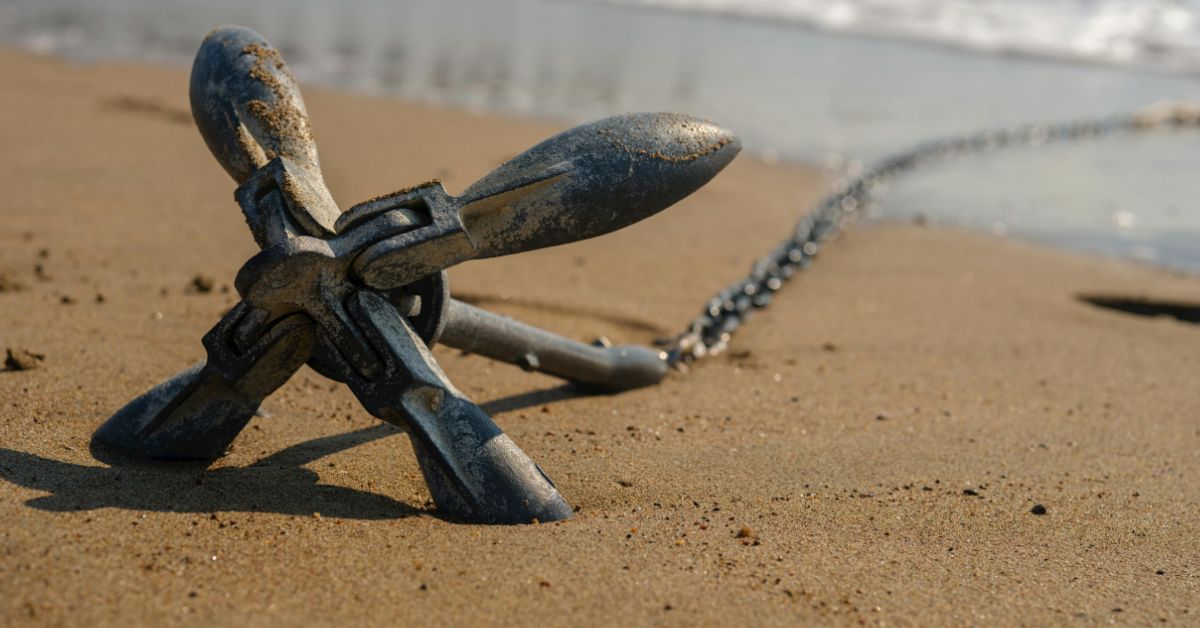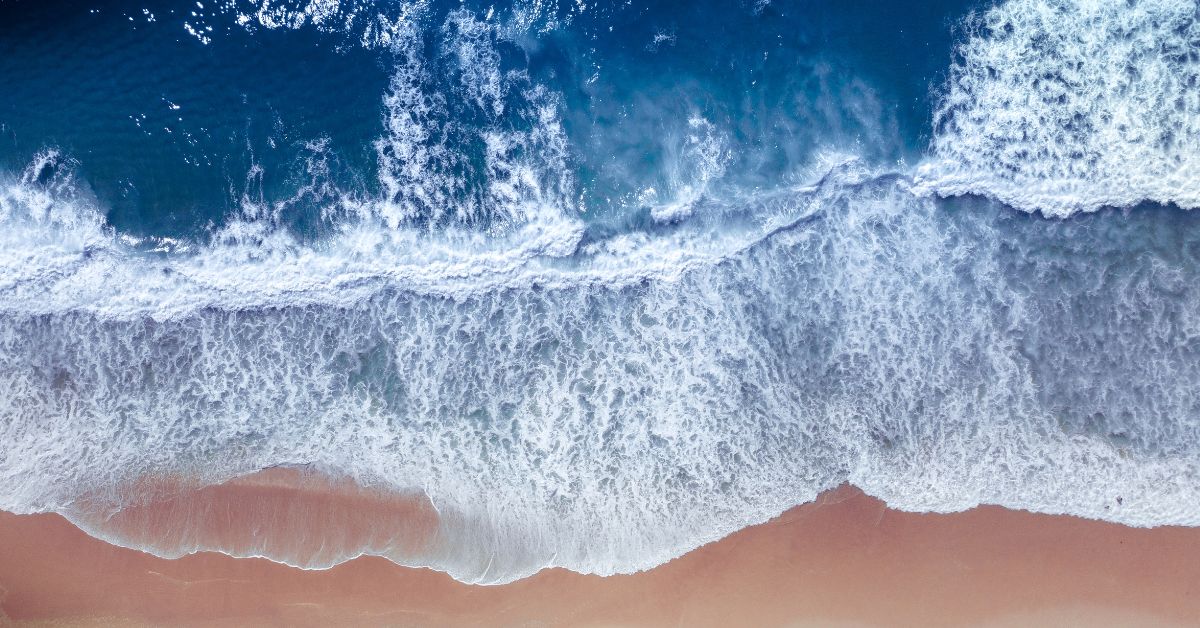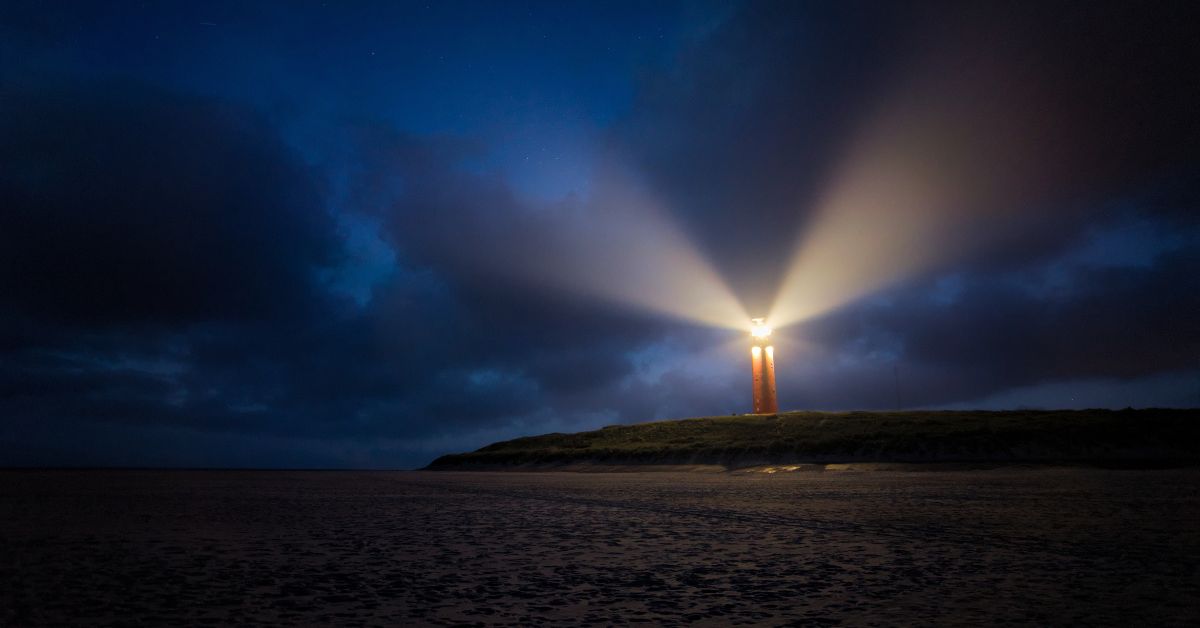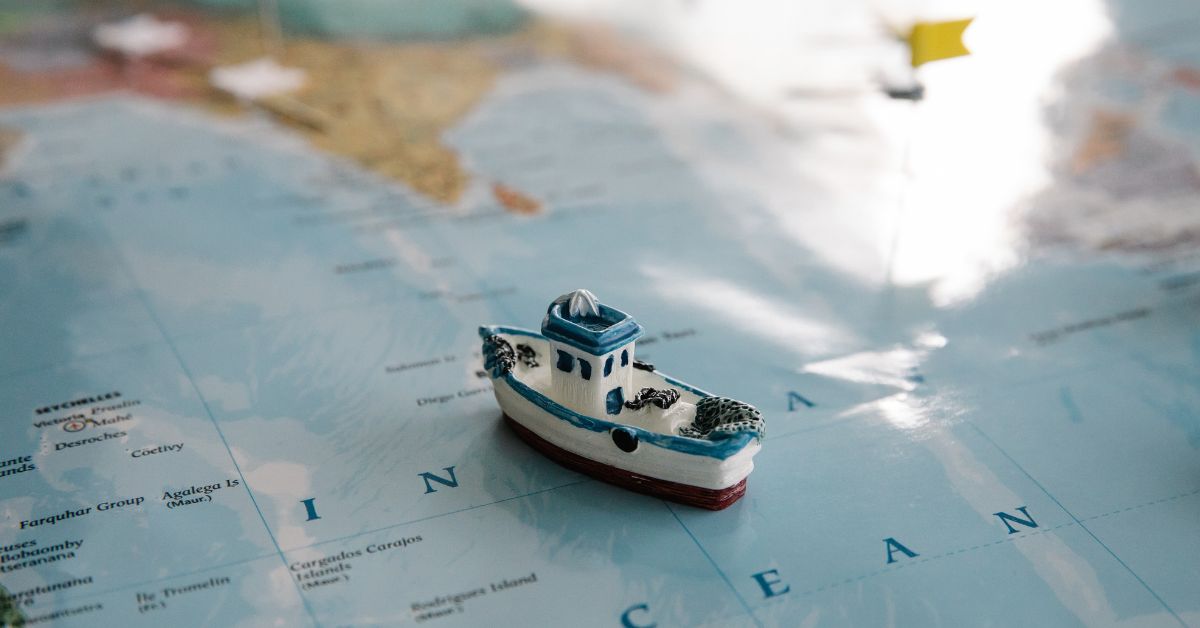Outline
- The Wisdom in Wandering
- What Is Mental Drifting?
- Why We Resist It in a Hyper-Focused World
- The Psychology Behind Wandering Thoughts
- Where Inspiration Actually Comes From
- Practices to Drift with Intention
- Closing Thoughts: Trust the Drift
- FAQs
The Wisdom in Wandering
Not all who wander are lost—but many are hurried back. In a world that measures value by productivity and direction, drifting—mentally, creatively, spiritually—is seen as indulgent at best, wasteful at worst.
But what if drifting is not escape, but access?
Not disconnection, but descent?
Sometimes the clearest ideas rise not when we chase them, but when we stop chasing anything at all.
There is a strange kind of clarity that lives just beyond the edges of attention—where the mind moves like water, slow and borderless, free from pressure or form. And in that space, inspiration often waits.
What Is Mental Drifting?
Mental drifting is the soft motion of the mind when it slips its leash—when it’s not fixed on a task, not locked in problem-solving, not chasing a goal.
You’ve felt it:
- While staring out a window
- Mid-walk, when you forget your destination
- In the middle of reading, when your mind wanders to something entirely unrelated
- In the shower, where some of your best ideas seem to happen
These are not mental errors. They’re doorways.
Why We Resist It in a Hyper-Focused World
We live in a culture obsessed with focus. We’re told to optimize our time, track our habits, and block out distractions. Attention, after all, is the new currency.
But in this optimization mindset, we’ve lost something vital: the freedom to mentally roam.
We fill every gap with input. Podcasts while walking. Scrolling while waiting. Content while resting.
We’ve forgotten that some of the most profound insights don’t come while staring at a problem—but while momentarily stepping away from it.
The Psychology Behind Wandering Thoughts
Cognitive scientists call this “spontaneous thought”—a state in which the mind generates ideas, memories, and connections without conscious direction.
The brain’s default mode network—active during rest and quiet—facilitates this. It plays a vital role in imagination, creativity, and problem-solving. Studies show that allowing the mind to wander actually improves our ability to generate original ideas.
Daydreaming isn’t laziness. It’s a neurological laboratory.
And yet, because the results aren’t immediate or measurable, we’ve trained ourselves to override the drift.
Where Inspiration Actually Comes From
Inspiration doesn’t always arrive with a spotlight and a schedule. More often, it drips in slowly—born of half-formed thoughts, remembered images, vague emotions. It assembles itself quietly, like a tide pulling together debris and driftwood into something coherent.
Many great thinkers and artists credit their best insights to idle moments. Einstein imagined riding on a beam of light. Virginia Woolf wrote entire chapters in her mind while walking. Steve Jobs was known for his long, uninterrupted walks—where decisions and visions surfaced effortlessly.
The mind needs space to breathe before it can speak clearly.
Practices to Drift with Intention
1. Schedule Unstructured Time
Block off 30 minutes a week with no input, no task. Sit, walk, lie on the floor—just be. Let your thoughts wander without steering. Some of your clearest ideas will arise when you’re not trying to find them.
2. Practice Observation, Not Production
Instead of needing to produce a result from your drift, just observe. What images arise? What memories return? What questions surface? Curiosity is enough.
3. Revisit the Drift
Keep a small notebook titled “Fragments”. After a drift session, jot down whatever surfaced—words, feelings, visuals, metaphors. Some may become seeds for future projects or personal clarity.
4. Let Go of “Useful”
Resist the urge to judge your mental wanderings by utility. The value may not be clear now. Inspiration often arrives disguised as detour.
Closing Thoughts: Trust the Drift
To drift is not to waste time. It’s to return to a slower intelligence—one that isn’t concerned with deadlines, metrics, or even outcomes.
It’s a way of letting the soul stretch beyond the edges of thought. A way of saying, I trust that something is unfolding, even if I can’t name it yet.
So the next time your mind begins to drift, let it.
Let it circle, float, wander.
Inspiration doesn’t always need a plan.
Sometimes it just needs permission.
FAQs
Isn’t mental drifting just procrastination?
Not necessarily. Drifting becomes procrastination when it’s used to avoid meaningful action. But when approached with openness and reflection, it can be a source of deep creativity and clarity.
How do I know if drifting is “working”?
Let go of that question. Drifting doesn’t work like a task—it unfolds like weather. The insight may not arrive immediately, but its roots are often planted during those quiet, idle moments.
What if I find it hard to let my mind wander?
That’s common. Most of us are overstimulated and out of practice. Start with small moments: walks without your phone, staring out the window, silence after journaling. The mind will remember how to float.












